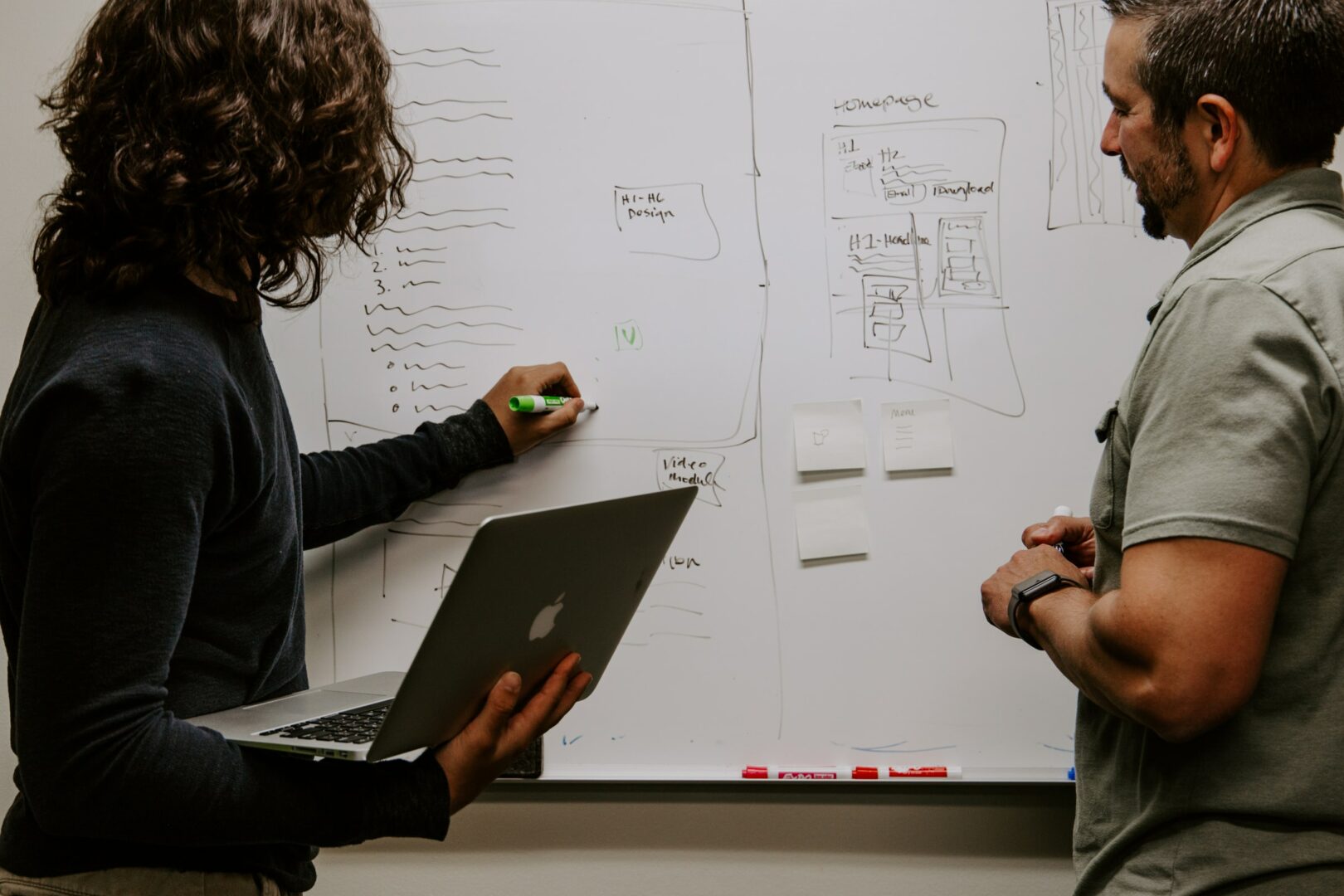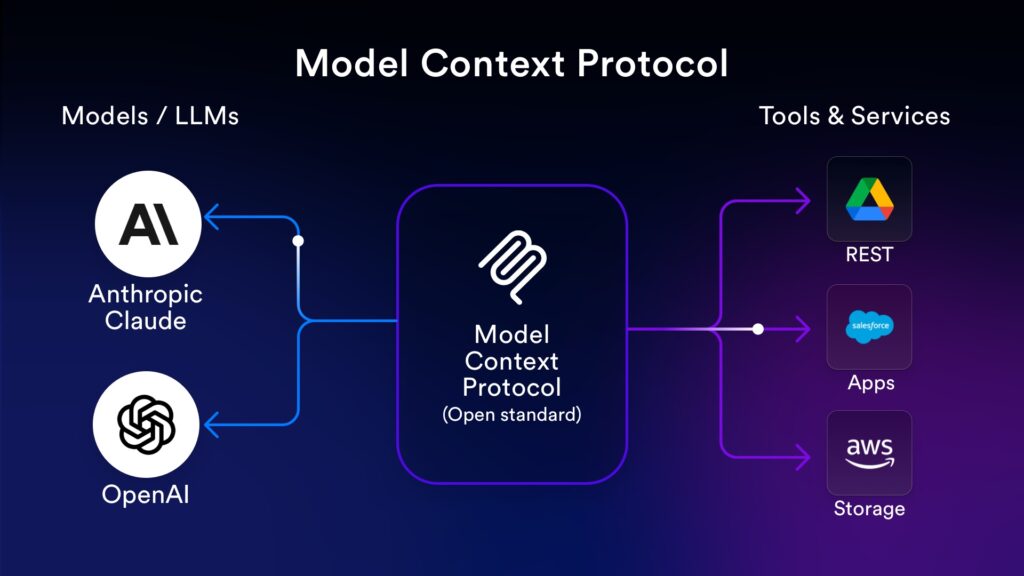One of the main reasons businesses choose ‘off-the-shelf’ over bespoke software is convenience. They take just a couple of Google searches to find and are ready to use straight away. However, if you’re going to invest in new software, the bespoke software development process is the way to go.
While bespoke software development might take more time and be more expensive than an off-the-shelf product, the results are second to none. This blog explains each step of the bespoke software development process and why your business would benefit more from custom software than one of its off-the-shelf counterparts.
What is the bespoke software development process?
Software engineers undergo the bespoke software development process to define a complete plan for producing a high-quality software product. The process is also known as the Software Development Life Cycle (SDLC).
Many bespoke software development agencies use the SDLC model to enhance operational workflow and deliver advanced software solutions. Also, because managing software projects can be complex and tedious, the process helps to set achievable targets within time and budget.
There are several variations of the SDLC model. For example, there is the Waterfall model, the Agile model and the Spiral model. Below, we describe what we think are the most crucial steps to bespoke software development and how we would approach them when we collaborate with you.

1. Bespoke software development process initial consultation
The first step in the bespoke software development process is the initial consultation. This step is crucial for establishing the specifications and goals of the project. For example, who will use the software? What do you plan to achieve? How do you expect the product to work?
During this phase, we hold several meetings to gather your requirements to work out how to best approach the project. We will identify any issues with your current software and determine the objectives for your new system. We will also discuss any concerns you may have, from cost to timeliness.
2. Feasibility analysis
Following the initial consultation, we assess the project’s feasibility and specify it in more detail.
In this stage, we describe the technical and financial factors of the project. These factors include how long the project will take, how much it will cost and the resources required to complete it to an excellent standard. Also, we usually determine team member involvement and calculate the project’s return on investment (ROI) in this phase.
3. Creative technical design
After agreeing on the project’s specifications, our design team will start pulling together wireframes and prototypes of the software architecture. Not only does this phase allow our designers to demonstrate how the final product might look and feel, but it allows them to show off their creative flair.
This phase is also a great time to share mock-up screens and interfaces so the client can familiarise themselves with the software.
4. Coding and development
Coding and development is the longest but most crucial phase in the bespoke software development process. At this point, the development team will start coding your solution from the front- and back-end to full-stack development.
The approach taken to coding and development depends on the model agreed upon in the consultation phase. Agile is the most common of the earlier-mentioned models because it encourages the continuous iteration of development testing.
As part of the Agile model, we hold daily Scrum meetings where each team member will share their progress and report any issues. Such meetings enhance team collaboration and operational efficiency.
5. Quality assurance testing
When the fourth phase is complete, our quality assurance team will test the code for defects and deficiencies before presenting it to the client. In addition, they will conduct functional and non-functional testing to remove any bugs or logical errors that might have occurred.
The length of the quality assurance testing phase depends on the developer’s skills, the complexity of the software and the client’s requirements.

6. Implementation and deployment
Once the tests are successful, it’s time to implement and deploy the software. However, it’s not as easy as simply handing the product to the client.
We train every employee who will use the software during this phase before releasing it publicly. Then, depending on the project’s complexity, the software is launched at once or in stages.
7. Maintenance
The final stage of bespoke software development – maintenance – is essential to ensure the product runs smoothly. Maintenance is an excellent benefit of custom software as it means we can continue to support our clients beyond deployment.
Here at Lightflows, we pride ourselves on our long-standing relationships with our clients. Our ongoing maintenance services mean we are on hand to continue to take care of their product, guaranteeing quality for years to come.
Start the bespoke software development process with Lightflows
Overall, the SDLC is a highly effective framework for executing bespoke software. It allows software developers to set achievable targets and stay organised – whilst keeping track of time and budget constraints – to deliver an advanced, beautiful product.
If you want to know more about the software development process here at Lightflows, please don’t hesitate to get in touch – our friendly, talented team is always happy to help!
Table of contents



